
Dysmenorrhea, aka period pains or menstrual cramps, is a condition that has been noted for centuries. It was a largely taboo subject and has had some questionable cures throughout the years.READ POST
Go to homepage

Dysmenorrhea, aka period pains or menstrual cramps, is a condition that has been noted for centuries. It was a largely taboo subject and has had some questionable cures throughout the years.READ POST
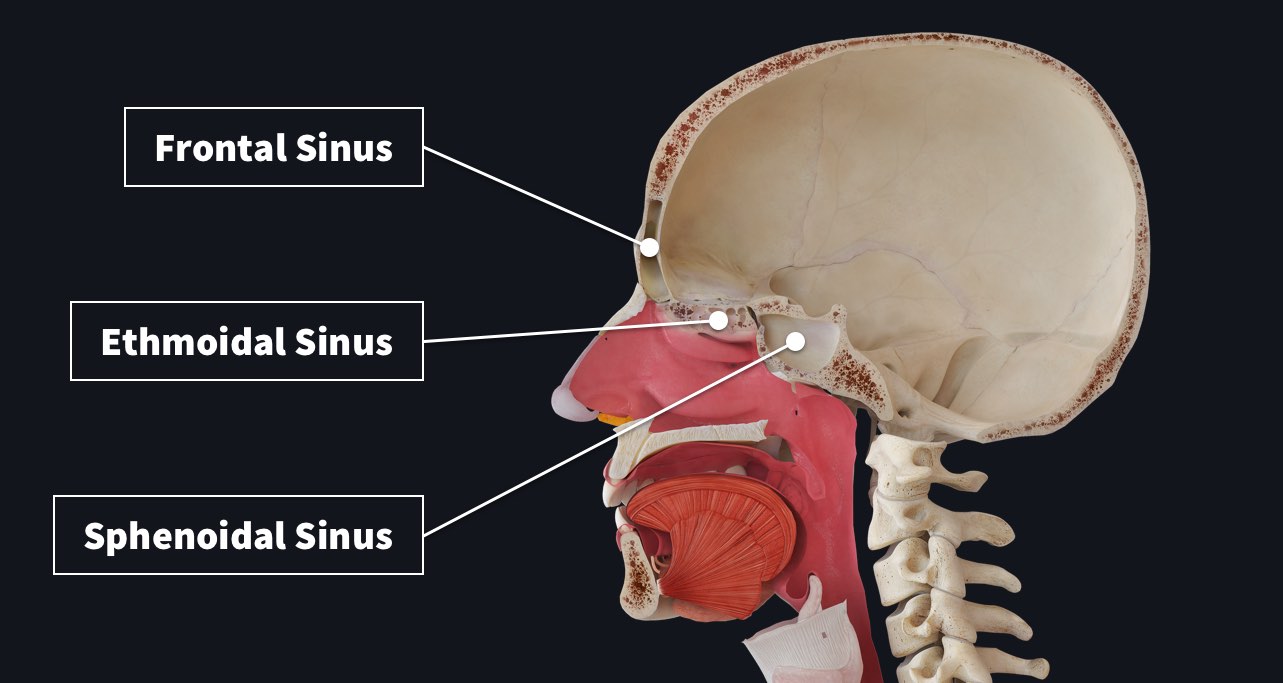
Why is the air you breathe out warm and humid? Why does your skull not drag you down, despite it being a third of your body weight? Well, it’s partly due to the 4 paired air-filled pockets located in the skull, known as the paranasal sinuses.READ POST

This week we were joined by special guest Dr. Kate Havens of the University of Southern California. Distance learning is something Dr. Havens is extremely proficient in, and something that she has championed with at the university.READ POST
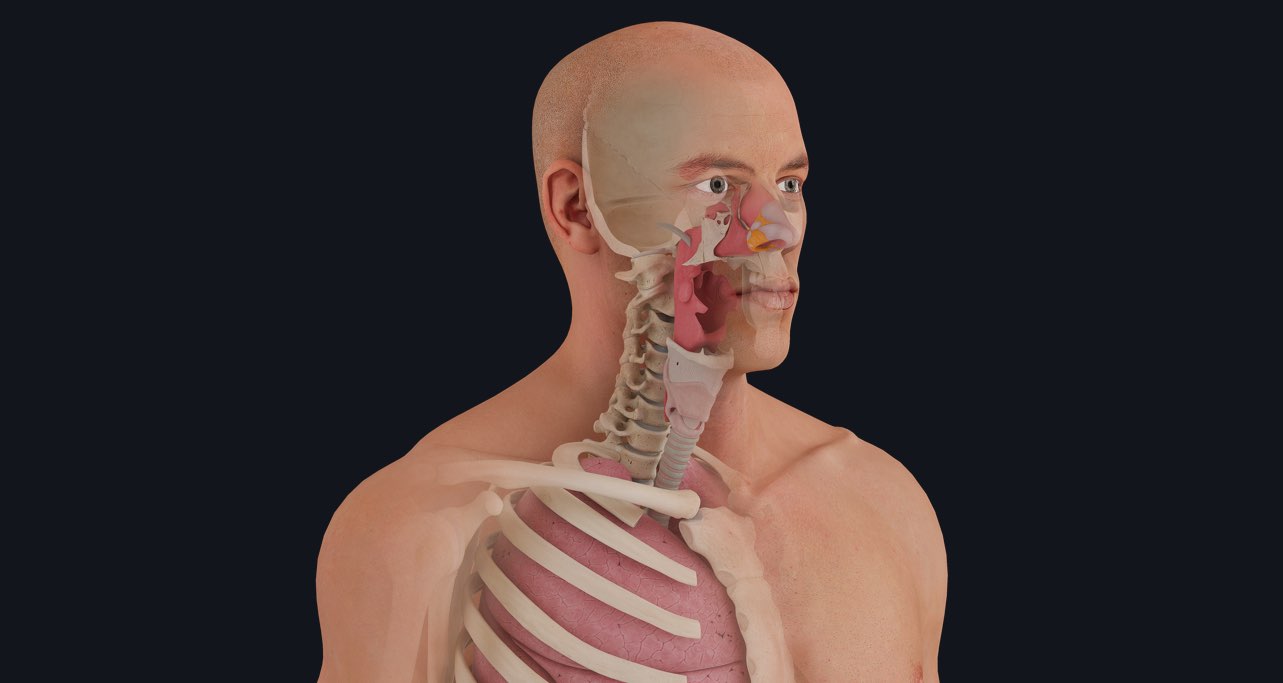
Snoring is common but despite popular opinion it is not normal.READ POST
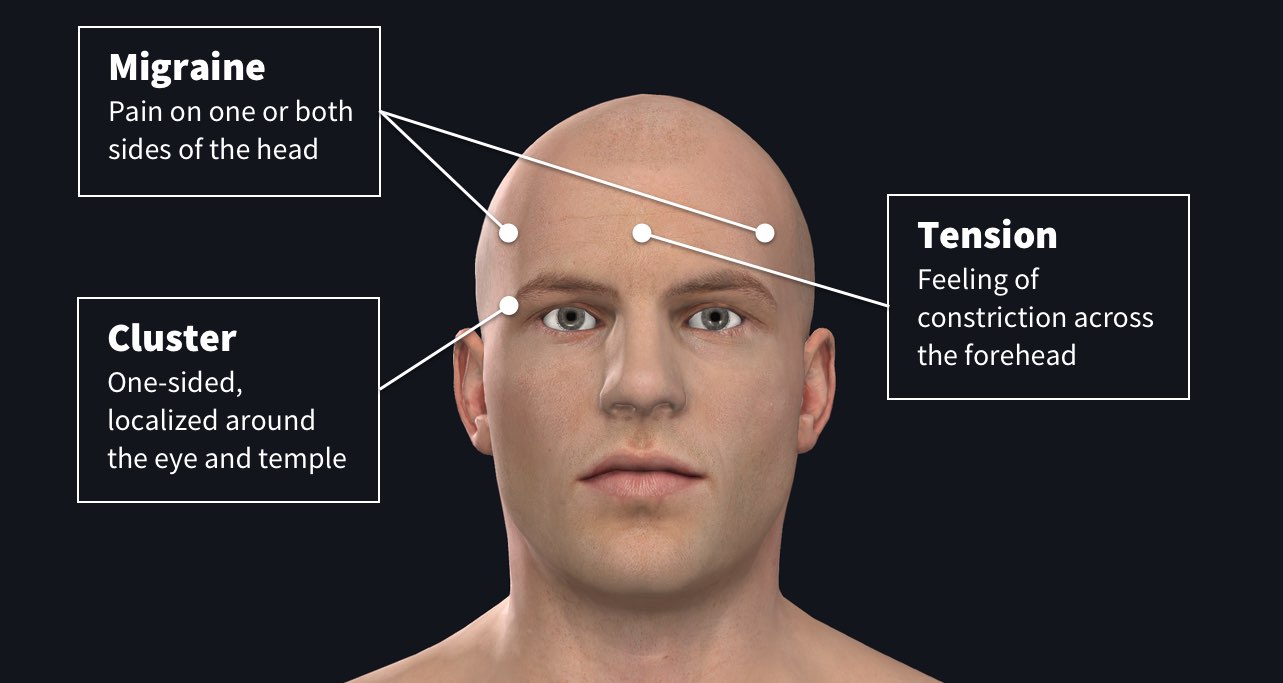
Headaches have been a common complaint for thousands of years. The Egyptians often employed unusual techniques to help relieve pain such as, applying warm goat droppings or fried fish to the area of pain!READ POST

Welcome back to a brand new episode of Anatomy Dissected! This week, we look at the vestibulocochlear nerve, which contributes to the sensation of hearing.READ POST
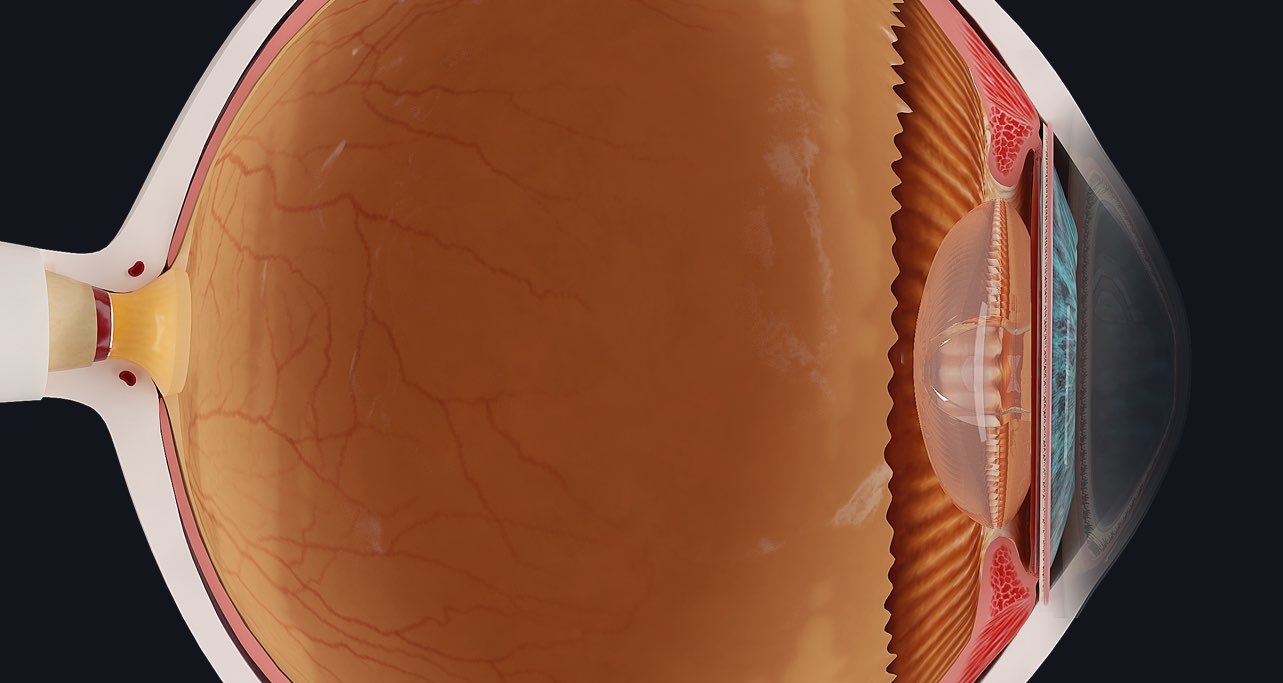
If you find yourself squinting in order to see objects far away in the distance, this is possibly a refractive error in your eyes. Refractive errors are surprisingly common, affecting a considerable amount of the population, so let’s take a closer look. ?READ POST
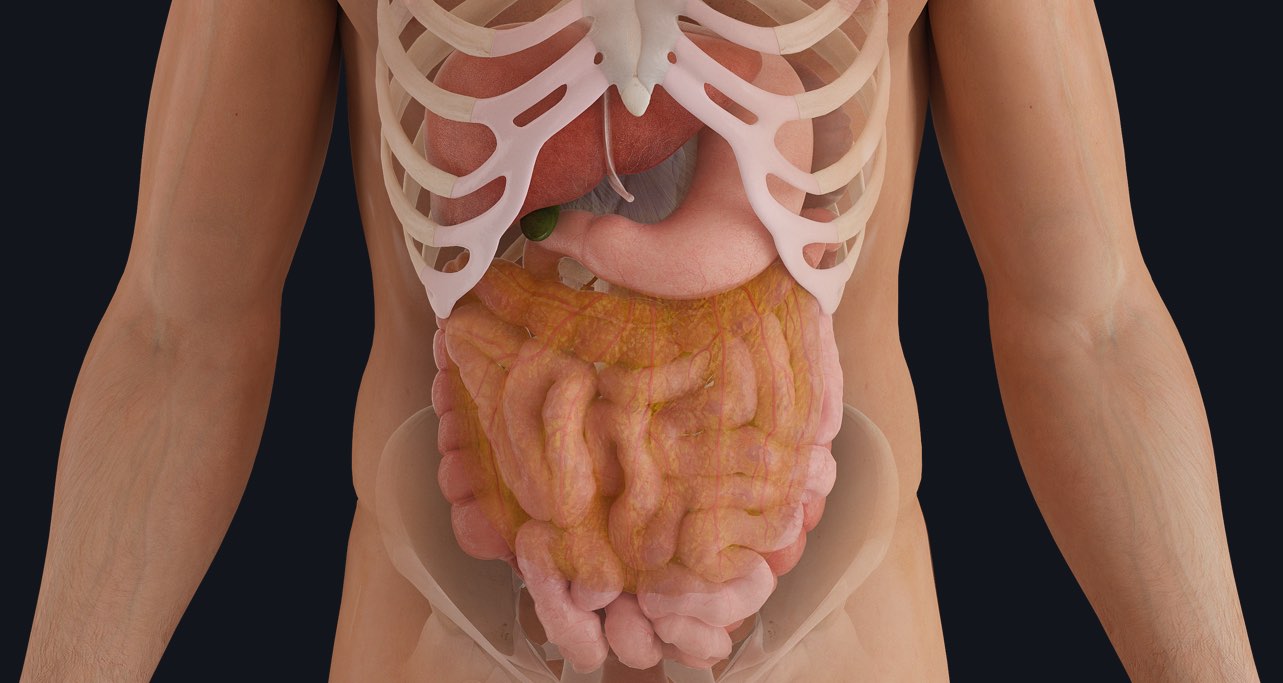
In one of our previous anatomy snippets, we explored the anatomical divisions of the abdomen and how it can be used as a guide to accurately diagnose a patient’s clinical condition. READ POST
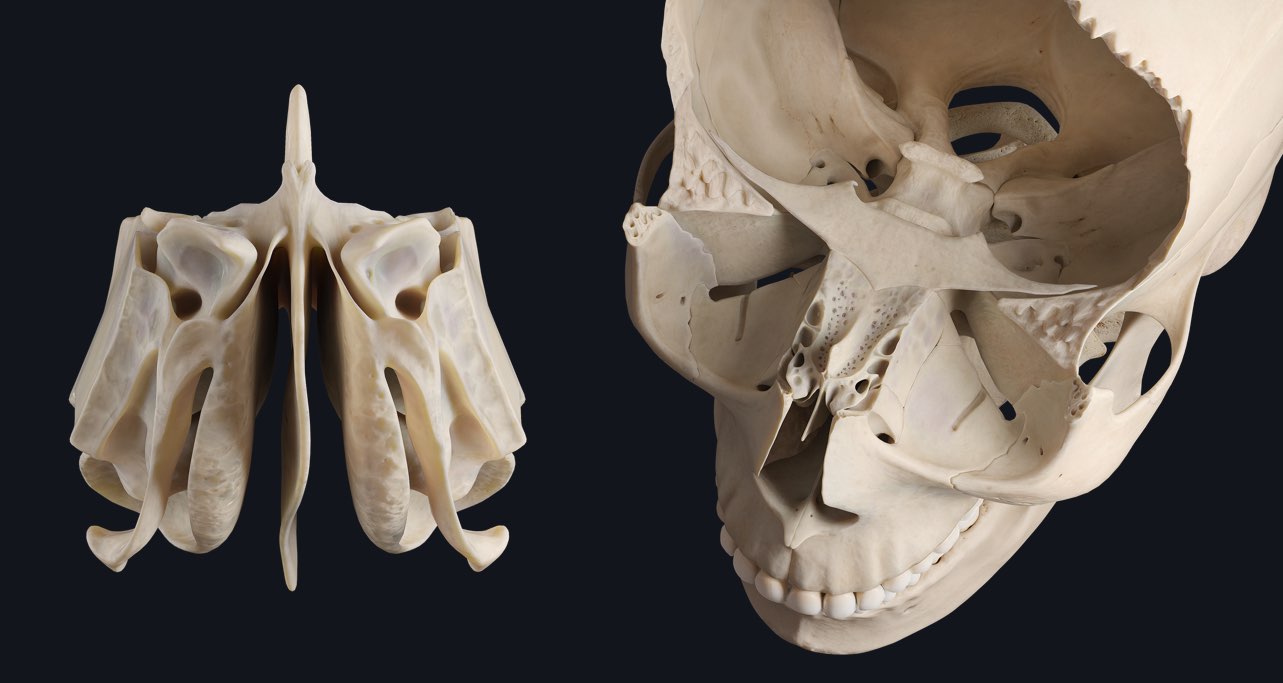
The ethmoid is an irregular, air filled bone located in the middle of the face between the eyes. It’s a complex looking bone with many intricate features. So why would a bone in the skull evolve such a complex shape?READ POST
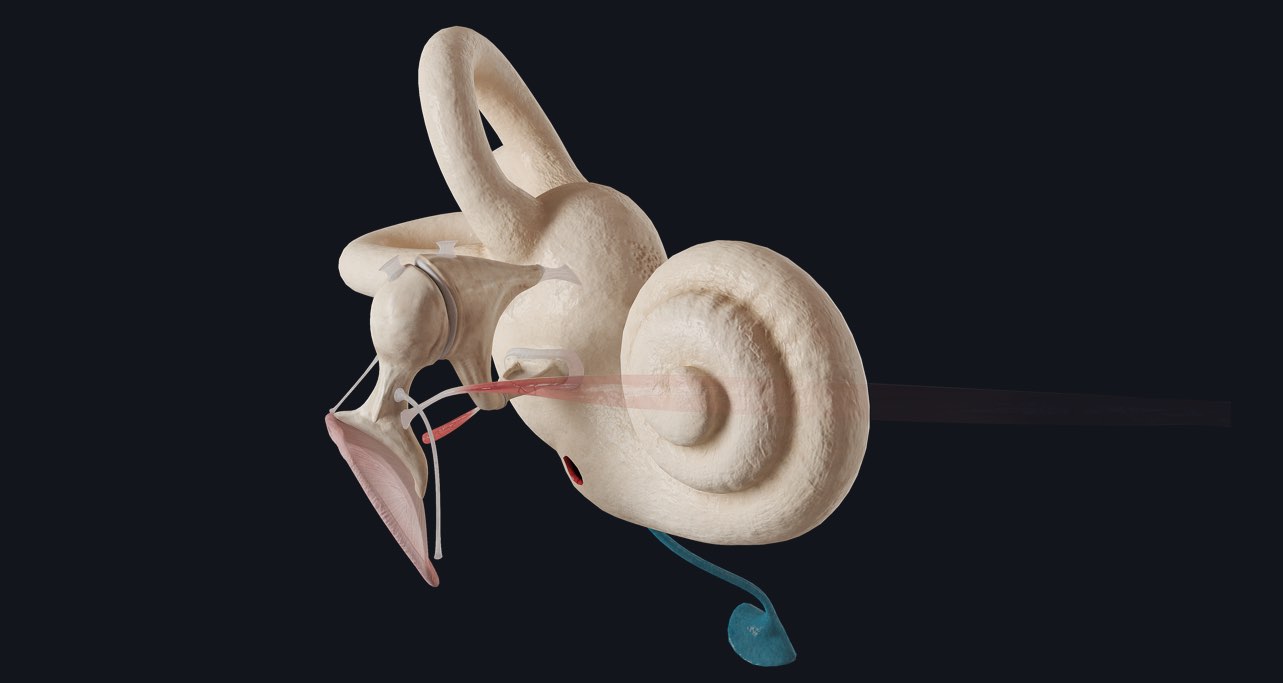
Sir Arthur Conan Doyle is best known as the author of, ‘Sherlock Holmes.’ ?️ READ POST